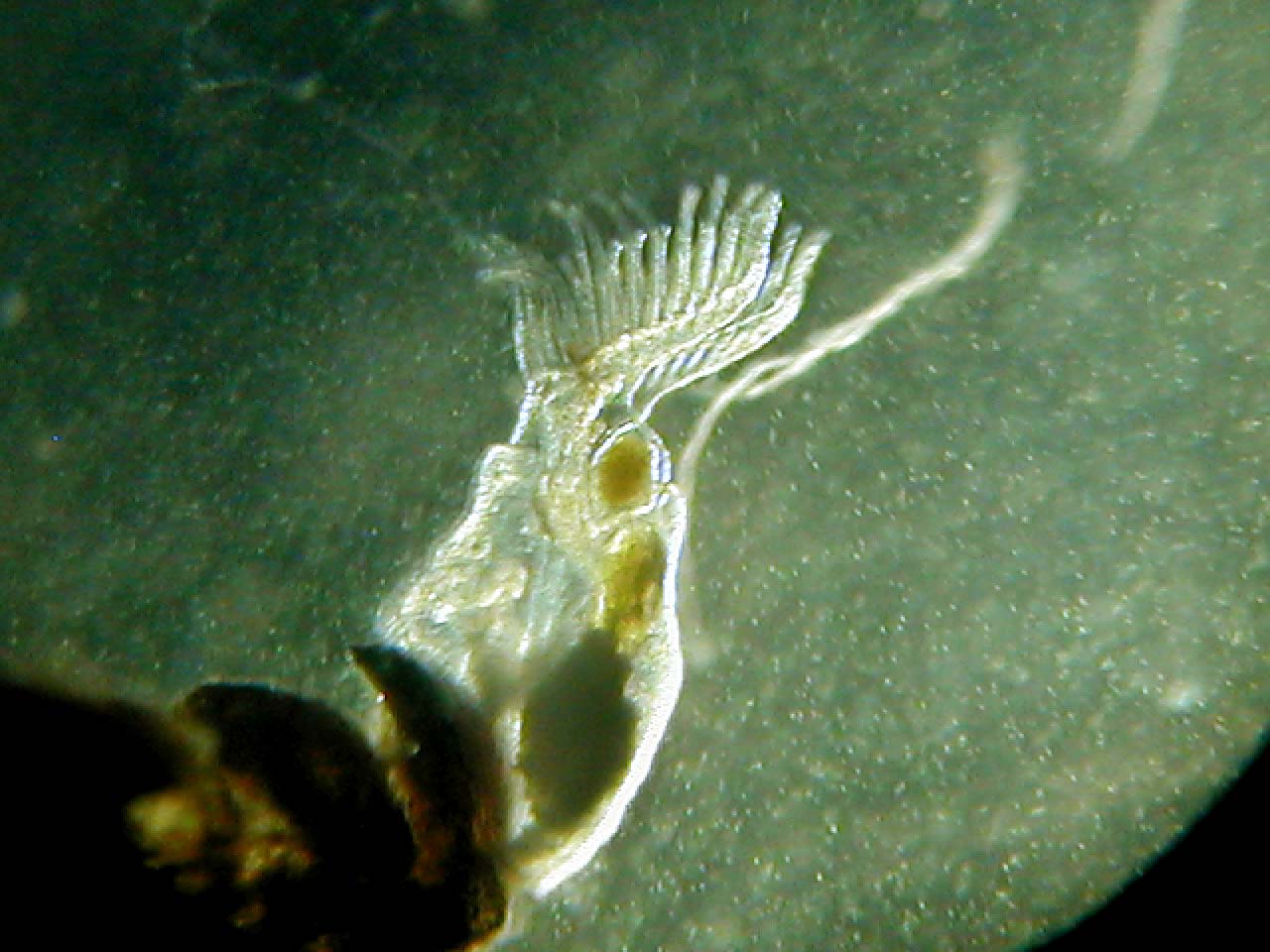Lophophore on:
[Wikipedia]
[Google]
[Amazon]

 The lophophore () is a characteristic feeding organ possessed by four major groups of
The lophophore () is a characteristic feeding organ possessed by four major groups of
– Retrieved 3 May 2010 All lophophores are found in aquatic organisms.
 The lophophore () is a characteristic feeding organ possessed by four major groups of
The lophophore () is a characteristic feeding organ possessed by four major groups of animal
Animals are multicellular, eukaryotic organisms in the Kingdom (biology), biological kingdom Animalia. With few exceptions, animals Heterotroph, consume organic material, Cellular respiration#Aerobic respiration, breathe oxygen, are Motilit ...
s: the Brachiopoda, Bryozoa
Bryozoa (also known as the Polyzoa, Ectoprocta or commonly as moss animals) are a phylum of simple, aquatic invertebrate animals, nearly all living in sedentary colonies. Typically about long, they have a special feeding structure called a ...
, Hyolitha, and Phoronida, which collectively constitute the protostome
Protostomia () is the clade of animals once thought to be characterized by the formation of the organism's mouth before its anus during embryogenesis, embryonic development. This nature has since been discovered to be extremely variable among Pro ...
group Lophophorata
The Lophophorata are a Lophotrochozoan clade consisting of the Brachiozoa and the Bryozoa. They have a lophophore. Molecular phylogenetic analyses suggest that lophophorates are protostomes, but on morphological grounds they have been assessed ...
.Introduction to the Lophotrochozoa– Retrieved 3 May 2010 All lophophores are found in aquatic organisms.
Etymology
''Lophophore'' is derived from the Greek ''lophos'' (crest, tuft) and ''-phore'', ''-phoros'' (φορος) (bearing), a derivative of ''phérein'' (φέρειν) (to bear); thus crest-bearing.Characteristics
The lophophore can most easily be described as a ring of ciliated tentacles surrounding the mouth, but it is often horseshoe-shaped or coiled. Phoronids have their lophophores in plain view, but the valves of brachiopods must be opened wide to get a good view of their lophophore. The lophophore surrounds the mouth and is an upstream collecting system for suspension feeding. Its tentacles are hollow, with extensions of acoelomic
A body cavity is any space or compartment, or potential space, in an animal body. Cavities accommodate organs and other structures; cavities as potential spaces contain fluid.
The two largest human body cavities are the ventral body cavity, and ...
space thought to be a mesocoel. The gut is U-shaped with the anterior mouth at the center of the lophophore. The anus, where present, is also anterior, but is dorsal to the mouth. In the Bryozoa
Bryozoa (also known as the Polyzoa, Ectoprocta or commonly as moss animals) are a phylum of simple, aquatic invertebrate animals, nearly all living in sedentary colonies. Typically about long, they have a special feeding structure called a ...
, it is outside the ring of the lophophore. The inarticulate brachiopods
Brachiopods (), phylum Brachiopoda, are a phylum of trochozoan animals that have hard "valves" (shells) on the upper and lower surfaces, unlike the left and right arrangement in bivalve molluscs. Brachiopod valves are hinged at the rear end, wh ...
do not have an anus.
Classification of lophophorates
Groups with lophophores are called lophophorates. In the old view ofmetazoan
Animals are multicellular, eukaryotic organisms in the biological kingdom Animalia. With few exceptions, animals consume organic material, breathe oxygen, are able to move, can reproduce sexually, and go through an ontogenetic stage in ...
phylogeny
A phylogenetic tree (also phylogeny or evolutionary tree Felsenstein J. (2004). ''Inferring Phylogenies'' Sinauer Associates: Sunderland, MA.) is a branching diagram or a tree showing the evolutionary relationships among various biological spe ...
, the lophophorates were placed within the Deuterostomia
Deuterostomia (; in Greek) are animals typically characterized by their anus forming before their mouth during embryonic development. The group's sister clade is Protostomia, animals whose digestive tract development is more varied. Some ex ...
. Now, they have been reassessed and placed in a new superphylum known as the Lophotrochozoa in the Protostomia, which includes the Mollusca and Annelida.
The extinct hederelloids, microconchids, cornulitids
Cornulitida is an extinct order of encrusting animals from class Tentaculita, which were common around the globe in the Ordovician to Devonian oceans, and survived until the Carboniferous.
The organisms had shells, and were subject to predation ...
, and tentaculitids were likely lophophorates based on their biomineralization.
The position of the Hyolitha has long been disputed, but as of 2017, it has been assigned to the Lophophorata as finely-preserved specimens in the Burgess Shale
The Burgess Shale is a fossil-bearing deposit exposed in the Canadian Rockies of British Columbia, Canada. It is famous for the exceptional preservation of the soft parts of its fossils. At old (middle Cambrian), it is one of the earliest fo ...
can be seen to carry lophophores. Lophophorates did appear paraphyletic, but that is contested.
References
{{Animalia Protostome anatomy